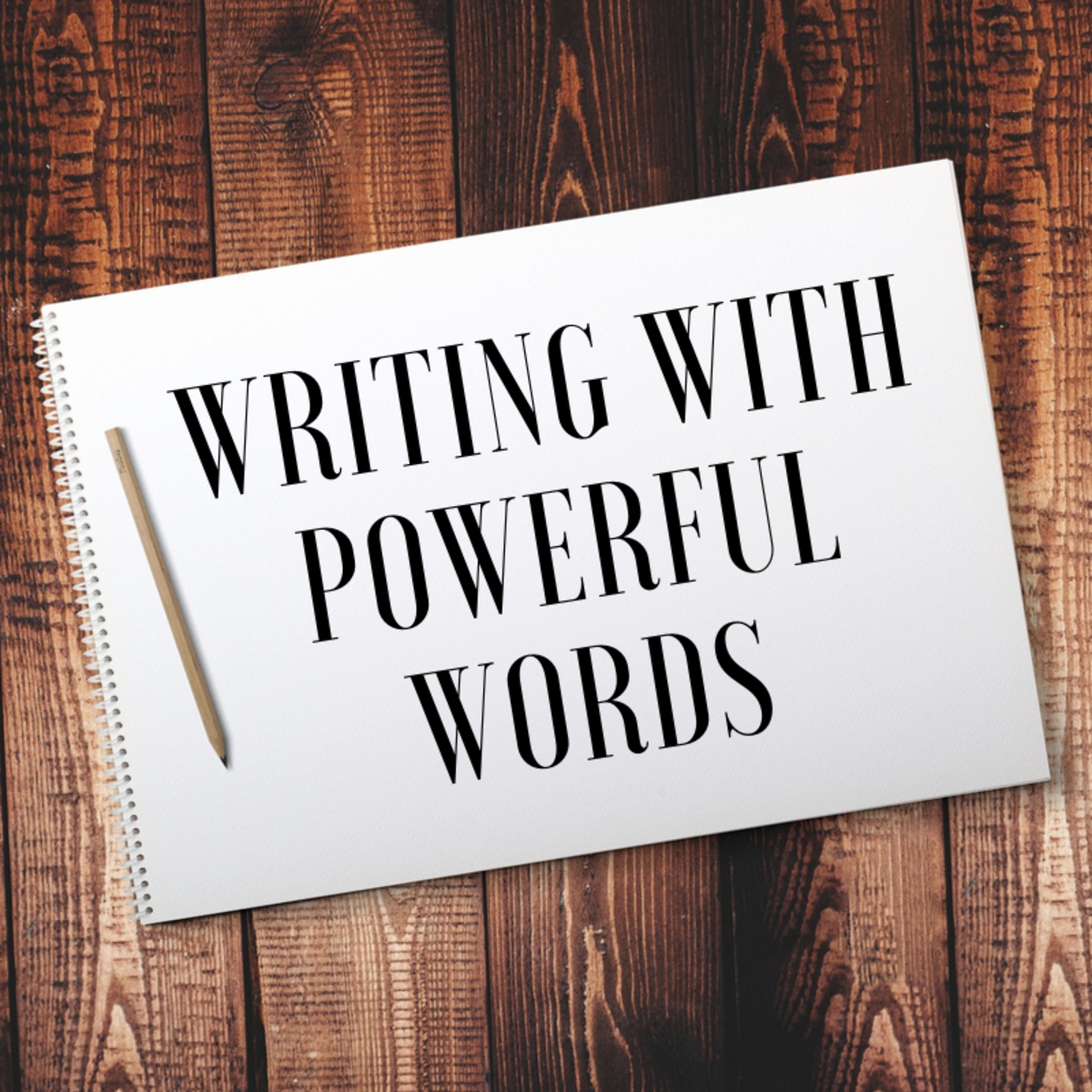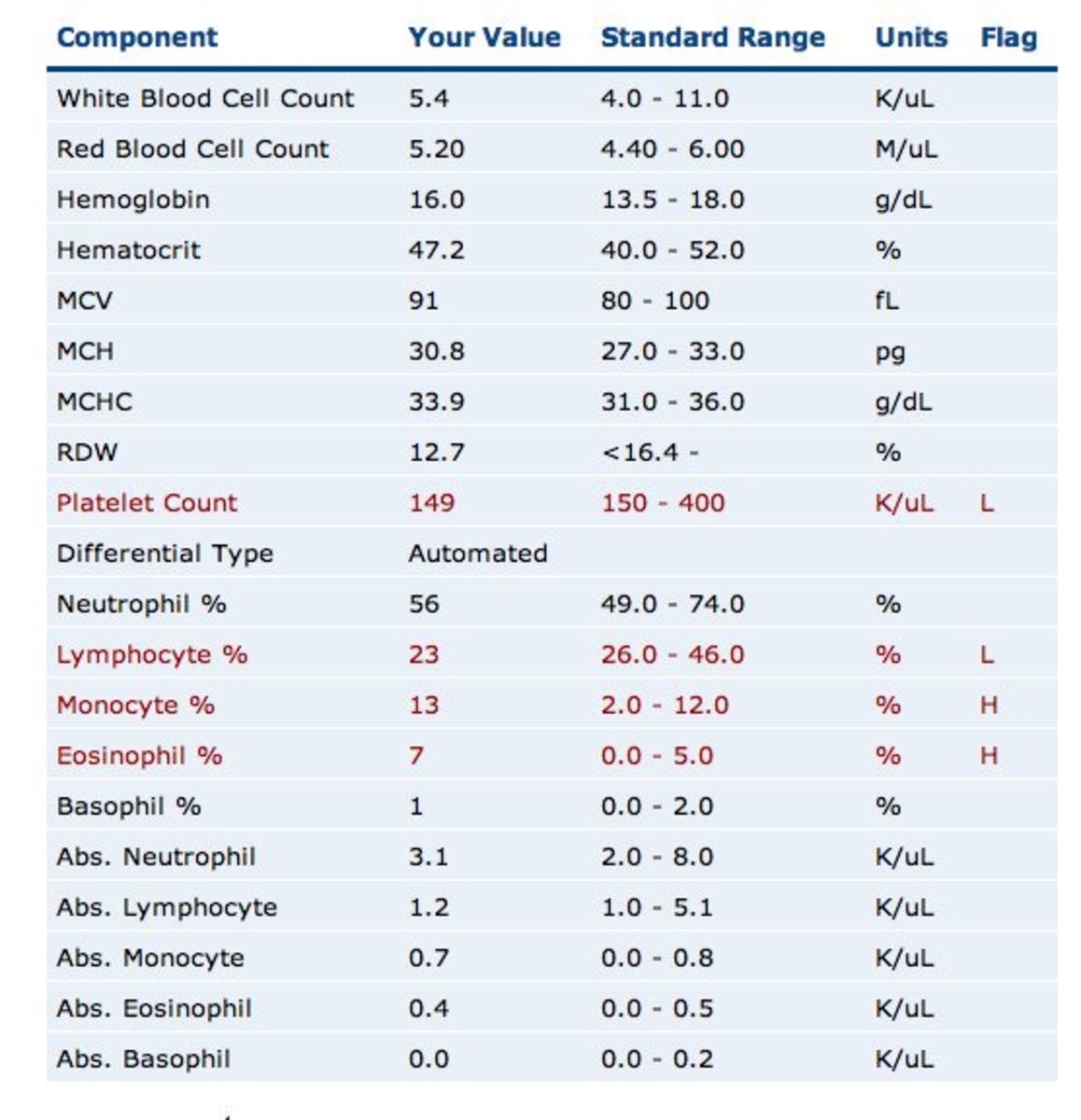Choosing the Right Words: Using and Keeping the Right Tone

Most beginning writing courses and style guides contain a section on commonly misused and confused words. Typically, the top contenders are:
- affect/effect
- there/their/they’re
- two/to/too
- except/accept
- your/you’re
Hubber R.S. Hutchinson compiled one of the longest lists of commonly misused words I’ve seen, but choosing the right words is more than not misusing words. It is about finding words that fit.
In William Zinsser’s classic On Writing Well, Zinsser emphasizes three keys to good writing which he calls unities: unity of person, tense and tone. The first two keep the composition coherent – they aid the reader’s ability to keep track of who is doing what and when. The third, unity of tone, is more subtle and the one I would like to pursue, particularly in regard to word choice.
Tone, Context and False Familiarity
I wince when I read an article where the author trots out $10 words with little aim other than demonstrating that he has a thesaurus. The language of scholarship is fine if the milieu is an academic, professional or scholarly publication, but for a broader audience it is odd at best, condescending at worst. More disappointing are pieces which in one paragraph the author expounds in a professorial tone, and in the next he or she sticks in a “C’mon guys” or a likewise slangy expression. Such variation of the author’s voice distracts the flow and purpose of the piece. It is precisely the type of inconsistency or disunity that Zinsser rails against.
Casual writing holds a number of hazards. A friendly or folksy style may fit a discussion of pet care, home cooking or any number of contexts, but it imperils the writer’s creditability in an essay of a technical or professional nature. While looking into a copyright question, I stumbled onto an article that looked like it may provide me with my answer. The title described exactly what I sought, “An Introduction to Copyright Law for Translators”. The opening line, “As I see it, translators have two major concerns …“ gave me pause. Was this an elucidation of legal subtleties or an opinion piece? I soldiered on and hoped it was an anomaly. After a quote from the U.S. Copyright Act, the author offered this clarification: “The end result of this legal mumbo jumbo …” My reading stopped there. Whether “mumbo jumbo” was an attempt at levity or the writer viewed legal language as purposeless obfuscation, I didn’t care. I was going to find a new source. Even a well-researched piece isn’t going to impress or persuade if it sounds like water cooler talk.
Good writing should be easy to read and look like it was easy to write, but that ease should be the product of simple, concise prose, not false familiarity. I question the motives of writers who use an overly friendly style. Many writers dodge spelling out their arguments with “obviously”, “of course”, or worse, “everyone knows” implying that the writer knows what the reader does or doesn’t know - an unlikely circumstance and a convenient way to conceal a lack of evidence.
Recommended Resources
Focus on Verbs
When you revise and edit a piece, don’t pad or dress up the text with unnecessary or florid adjectives and adverbs. A better strategy is to seek out and replace vague or dull verbs. Why? Verbs do the heavy lifting – nothing happens without verbs. The most common verbs, verbs such as “take”, “see”, “do” and “put” clarify nothing and leave no impression. The reader should be able to picture an image based on the words. Consider the following sentences:
1. Marlene took the groceries to her flaming red sports car.
2. Marlene carried the groceries to her flaming red sports car.
3. Marlene wheeled the groceries to her flaming red sports car.
4. Marlene wrestled the groceries to her flaming red sports car.
5. Marlene wrestled the groceries to her car.
In the first sentence the “flaming red sports car” stands out, but what are we to make of it? This may suggest something about Marlene, perhaps she’s rich or has a wild spirit, not a bad thing in itself, but unless the car figures prominently in what we are to learn later, it’s distracting. The second sentence is a slight improvement. We can picture a woman with groceries in her arms. The third is better still. We can imagine a grocery cart; maybe we can even hazard a guess that Marlene has too many groceries to simply hoist a single bag on her hips while opening her car. The fourth creates a vivid image. Marlene struggles with the groceries. The groceries are perhaps too cumbersome or Marlene is clumsy, we get descriptive movement. The fifth sentence I like best. We already have a story – Marlene’s having trouble with the groceries. Why do I care about her car?
Start with Your Own Words
Instead of pretending to be someone you’re not, write your own words first. Clean up the digressions and verbal crutches everyone uses while organizing their thoughts later. Once you’ve recorded your ideas, hunt down the words and phrases that don’t meet your goals. Tweak sentences until they say and sound exactly the way you want them to. Focus on action and verbs, not setting and adjectives. Most of all, determine the tone that suits the work best and stick with it.
Other Hubs by Brupie
- Value-adding Hubs: Boosting Content and Quality by Focusing on Specifics
When the devil is in the details, don't leave them out. To write memorable, useful pieces, focus on details that will help readers. For instance, if you're giving cooking advice don't advise, "use good meat" advise "use well-marbled sirloin". - Your IQ: What Questions Are In IQ Tests?
Everyone wants to be intelligent, but what is intelligence? Is it the same as knowledge? Psychologist test students for giftedness and crimminals for competence, but what are they really testing? - How to Ace a College Introductory Class
Getting good grades in the early classes is the best foundation for later success in school. Students anxious for a good grade may badger their professors on what is or isn't on the next test, but miss out on some early, simple preparations that coul









